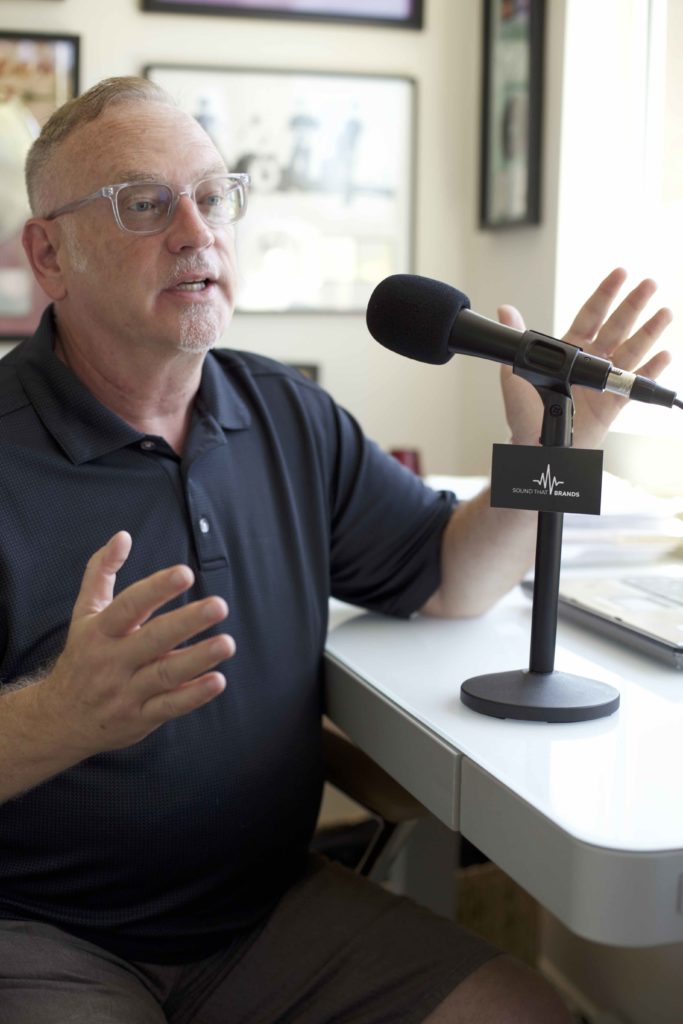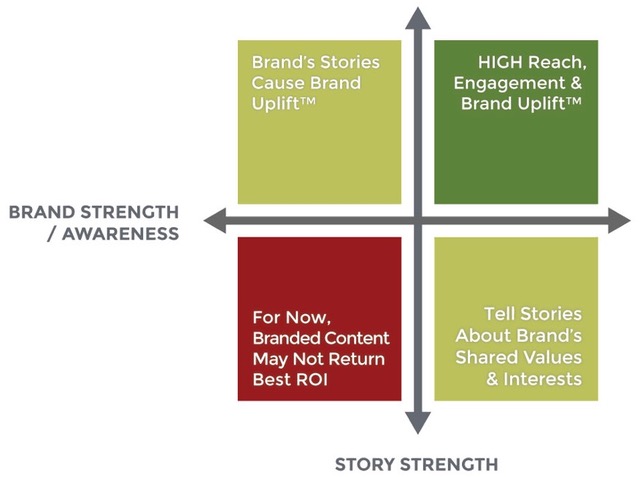While Beasing and Corbin play their client list close to the vest, the branded podcast category on platforms like Apple now includes name businesses like TARGET, TRADER JOES, FIDELITY INVESTMENTS, JACK DANIEL’S, EBAY, SEPHORA, FACEBOOK, and JOHN DEERE.
“In my opinion, podcasting is currently the best vehicle to give a business a point of differentiation to further solidify the brand with a reasonable cost of entry and ease of distribution,” says Jeff Holden, another former radio executive, who counts podcasting as a growing option for his Sacramento media marketing firm, MultiPoint Content Strategies & Hear Me Now Studio. He says it allows the business or business owner to tell his or her story in their own words, while at the same time controlling the content. “These days,” he notes, “it doesn’t get any better than that.”
Beasing sees multiple advantages to podcast branding. Start with the power of sound. Scientists agree that sound is the one sense that reaches the brain fastest, ahead of sight, touch or smell.
Podcasting is all sound. Unlike video – an experience that demands multi sense concentration – sound in the form of a podcast is, says Beasing, “the theater of the mind,” taking the listener on his or her own journey of perception and imagination, and has one big advantage: Listeners can multi-task, enjoying a podcast while driving, riding a commuter train or tending to chores around the house.
Then there’s the cost. “We can script, record and deliver a podcast for about $1,000 per produced minute. Compare that to a video story, which may entail travel, multiple crew members – a production which could be six figures or multiple six figures.”
While new technology makes podcasting possible, there is a “back to the future” element too. “Theater of the mind” harkens back to old time radio. The idea of “delivering the content, not the interruption” is where commercial advertising began. William Corbin calls it the Mutual of Omaha model, recalling the television program Wild Kingdom, which the insurance giant sponsored for years, almost entirely as a presenter, not as an advertiser.
Viewers looked favorably on the company, not because of their advertising message, but because they delivered entertaining, compelling family entertainment, without the commercial message.
Once Beasing’s team and the client agree on their podcast message, an array of services is offered: scripting, sound recording, “talent” coaching, and post-production, with music and sound effects where appropriate.
“We coach them, we work with them on what they need to say,” Beasing explains, “We will script a lot of it, prompt them off mic, and sometimes just throw the script away, allowing them to deliver the message in their own words.”
“Sometimes, if the studio is too intimidating, we take the microphone to them. For some, the antiseptic studio psychologically tells them they’re ‘on,’ and that’s pressure. Better to set up the microphone in a comfortable corner of their office; it’s their turf, they loosen up and soon forget the recording equipment is even there.”
From casual conversation, to contract, to finished product, the podcast process with Sound That Brands is a minimum of six weeks, about half of which is the waiting time for placement on podcast players like iTunes. The time can be shortened for customers who can place the finished product on their own website or social media page first.
With an investment by Emmis Communications, Sound That Brands is poised for quick growth to accommodate what they predict will be a doubling of their revenues in 2020.
Letting them brand your business, in your words, at a reasonable cost?
Might be a sound strategy.



No comments